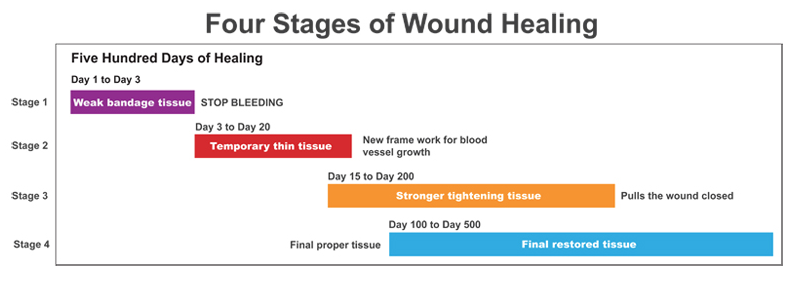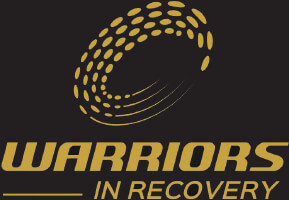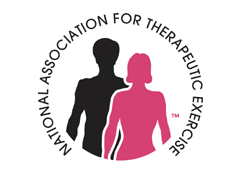FIRST RULE: No matter what your injury, the majority of your recovery is dependent on your body healing itself. It is as simple and as difficult as this.

No matter what your injury is, whether it’s a tear or strain or sprain or inflammation, your soft tissue is repaired by your own body. There’s NO exception to the first rule (refer above). The healing process is incredibly complex. And this complex process goes on for a lot longer than you might think. Although your pain may be gone right after a session with me or in a couple of weeks, your body continues to heal itself long after your pain has disappeared.
It is very common for the full healing process to continue for 2 years or longer, even for rather minor injuries. So, if you’ve had a major surgery like a joint replacement or rotator cuff repair…factor this into your healing equation.
- If you have a soft tissue injury, your body has to heal itself.
- Painkillers don’t heal you. Your body heals itself.
- Drugs don’t heal you. They can fight infection but your body heals the tissue damage itself.
- Even after surgery, your body has a wound that it has to heal itself.
Whether it’s skin, cartilage, a tendon, a ligament, or a muscle…when we injure ourselves we have typically caused tissue to tear. Additionally, this injury or wound can affect other areas on the body too such as in movement compensation patterns.
Our body’s ability to heal is truly remarkable. Below is an attempt to explain this very complex process in simpler terms. Understanding what is going on in your body is an important part of taking care of your injury. I hope this explanation will help you to better understand the healing process so you can heal more quickly and completely.

Stage 1 – Stopping The Bleeding
Immediately upon wounding soft tissue, the fluids (blood, lymph and other fluids) in our body leak from the broken tissue. Almost immediately though, the body springs into action. As soon as the injury occurs, your body starts trying to patch the leaks and contain the damage. Your body quickly builds thin membranes around the injury to stop the bleeding. This is the very start of the healing process.
Depending on the level of your injury, this process can take from a matter of minutes, to hours, to even a few days. Think about how fast the bleeding can stop if you cut your skin. That’s how fast your body reacts to start the healing process.
Stage 2 – Filling The Gap
When an injury occurs, there is a gap left between the two sides of the tissue injury. At first it may be filled with bodily fluids, but it needs to be filled by new tissue. New muscle, skin, tendon, etc. doesn’t grow back right away though. Those special tissues need nerves and blood flow to grow and work properly.
In the case of a tissue injury, your body first fills the gap with a special kind of tissue (Let’s simplify this and called it Type 1 tissue). This is a generic tissue. If the wound is a cut on your skin, then this tissue is the soft pink tissue that you see right after your scab comes off. The same Type 1 tissue fills the gap regardless of what kind of tissue was injured. It’s stronger than the membrane that sealed the injury in the first few hours, but it’s still not that strong.
Type 1 tissue can fill a pretty big gap though. Also, once Type 1 tissue is in place, new capillaries, veins and nerves can grow in and around the new tissue. These systems will be needed for the next steps in tissue injury healing. Type 1 tissue can start forming in as little as 12 hours after your initial injury, but it really does most of its growing between 4 and 24 days after you initially injure yourself. By the end of this stage of healing you likely feel little to no more pain and your injured body is at about 50% of its original strength.
Stage 3 – Shrinking The Gap
After you have new blood flow and nerves in the area, a new Type 2 tissue replace the Type 1. With access to proper nutrients from a regular blood supply, this Type 2 tissue is much stronger than its predecessor. Type 2 bonds tightly to the ends of your wound and over time acts like a tightening muscle and pulls the edges of your tissue injury together. This closes the injury area, making it smaller.
As Type 2 tissue pulls your injury together, you see this as the scar shrinking or fading. If the injury is under your skin, the exact same thing is happening, you’re just not seeing it. During stage 3, your injury site is at about 70% of the strength it was before the injury.
Type 2 tissue has less stretch than the final tissue. After all, its purpose is to pull the surrounding tissue together not stretch. This shrinking stage typically occurs between 3 months to 1 year after the time of the original injury. During this time people think they have healed, even though the process is still NOT complete.
Stage 4 – Pliable Tissue Returns
Finally, after the tissue injury has shrunk as much as possible, your body replaces the Type 2 tissue with original tissue type that was first injured. Only now does new skin, ligament, tendon, muscle, or cartilage grow. It is after your body replaces the Type 2 tissue with original cells that your tissue injury is considered fully healed. Only NOW does it regain the same kind of functionality that it once had. This stage can be 1 to 2 years after the original injury though. This is the stage where the scar on your skin would seem to disappear entirely. The new tissue isn’t perfect though. The lines of growth probably don’t line up perfectly with the lines the old tissue took, so it will never be 100% the same.
Only now is the healing process complete…whew!!!
As I tell all my athletes….“Just because you no longer hurt after a session with me, you are STILL not 100%”








These are really good. Thanks !